The restorative powers of the Kumano Pilgrimage
From ancient times through to the middle ages, worship of the three peaks of Kumano - Hongu, Shingu and Nachi - grew until so many were visiting Kumano for its "restorative" powers that the procession of travelers on the path seemed endless. Practiced by everyone from the imperial family to commoners, this worship was the start of Kumano Kodo, or the Kumano Pilgrimage. The pilgrimage includes a number of routes, including the Nakahechi, Ohechi, Kohechi, and Iseji Routes, which are included in the World Heritage Site of Kumano Kodo. The pilgrimage of Santiago de Compostela in Spain, which is also a World Heritage Site, is the sister route of Kumano Kodo. The two sister routes. Which are the only pilgrimage routes inscribed on the World Heritage Site list, attract pilgrims from across the globe in ever larger numbers to walk the hundreds of kilometers of paths.
Koguchi Shizen-no-Ie, central accommodations on the Kumano Kodo Pilgrimage Route
Midway between Ogumotorigoe and Kogumotorigoe, a portion of the Kumano Kodo Pilgrimage on the Nakahechi Route between Hongu and Nachi, is a popular mountain inn. Among the charms of the inn is the tatami guest rooms from which picturesque views can be enjoyed. About 80 percent of the guests are international travelers, making Koguchi Shizen-no-Ie an excellent meeting place to trade information and share travel stories.
URL: https://www.kumano-travel.com/ja/accommodations/koguchi-shizen-no-ie
TEL:0735-45-2434

Experience the Kumano Kodo on the river as once traveled by the Imperial Family
Take a boat trip once used by the Imperial Family when making a pilgrimage to Kumano Hongu Taisha and Kumano Hayatama Taisha Shrines. Climbing aboard the boat at the Dorokyo-kaido Kumano-gawa Roadside Station, you will enjoy 90 minutes of downstream river travel to Gongen-gawara near Kumano Hayatama Taisha Shrine. Enthralled by the magnificent scenery, you will learn about the history and stories of the area. After the boat trip, a visit to Kumano Hayatama Taisha Shrine is recommended (no change of clothes required.)
URL: http://kawabune.info/
TEL: 0735-44-0987 (FAX: 0735-44-0820)
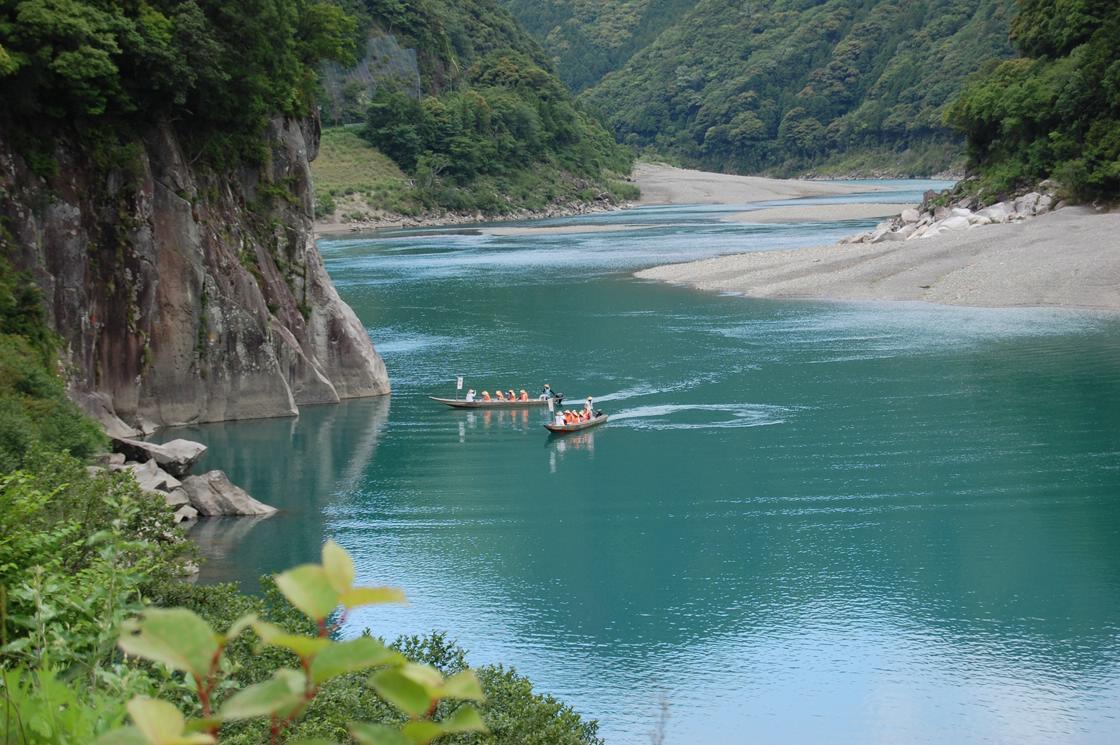
Kumano Hayatama Taisha Shrine
Kumano Hayatama Taisha Shrine is revered as one of the three head shrines of the thousands of Kumano shrines throughout Japan. The ancient enshrined deities - Kumano Hayatama-no Okami, Kumano Fusumi-no Okami, and Ketsumi Miko-no Okami - are believed to be the guardian deities of the past life, the present and the afterlife, respectively.
Originally constructed some two thousand years ago, Kumano Hayatama Taisha Shrine was the first shrine to be built after the Kumano deities descended from heaven and is therefore also known as the "New Shrine" (shingu) to signify its place at the dawning of shrines in the world. It is widely believed that the shrine provides help to all, regardless of social status, past deeds or beliefs, and it is said that pilgrims who arrive from around the country after difficulties are so overwhelmed with emotion that they well up in tears when they arrive to pray.
The shrine buildings, painted in resplendent vermillion lacquer, and the thousand-year-old Asian bayberry (nagi) greet visitors who have come to pray for safe travels and partake in bayberry leaf confections. The Asian bayberry is believed to build important connections and is held to be sacred for praying for world peace.
When visiting, consider going also to Kamikura Jinja Shrine and Asuka Jinja Shrine to complete the Shingu Three-Shrine Pilgrimage, a recommended activity in the Shingu area.
URL: http://kumanohayatama.jp/
TEL: 0735-22-2533

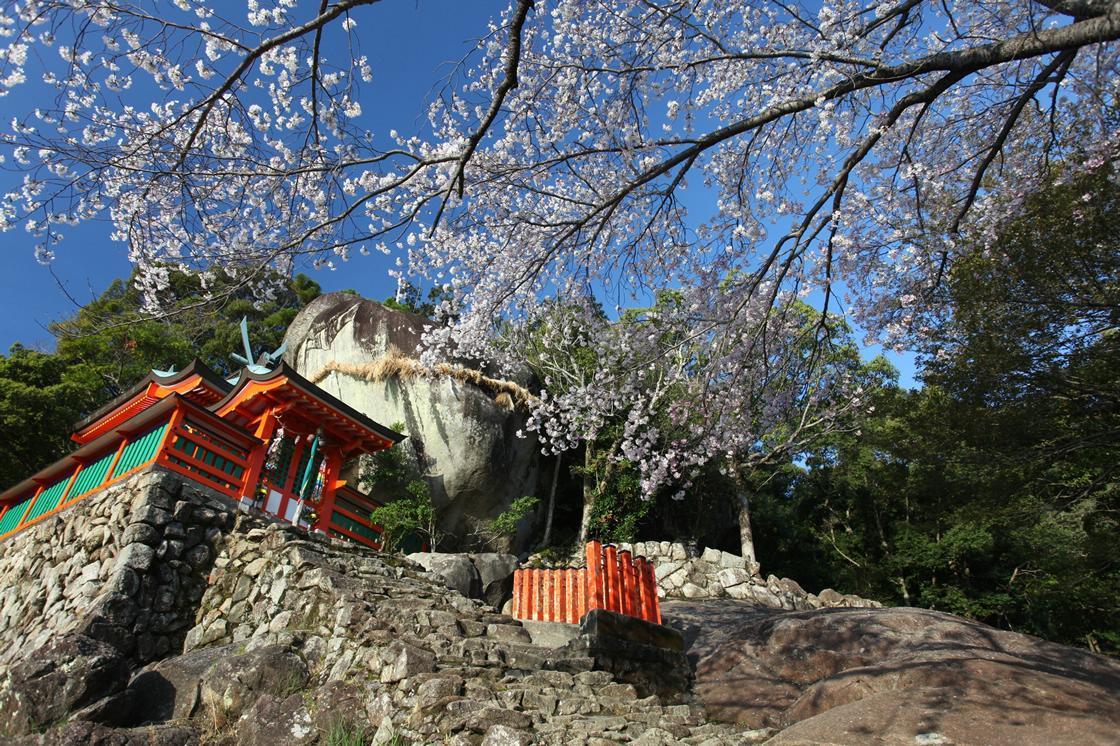
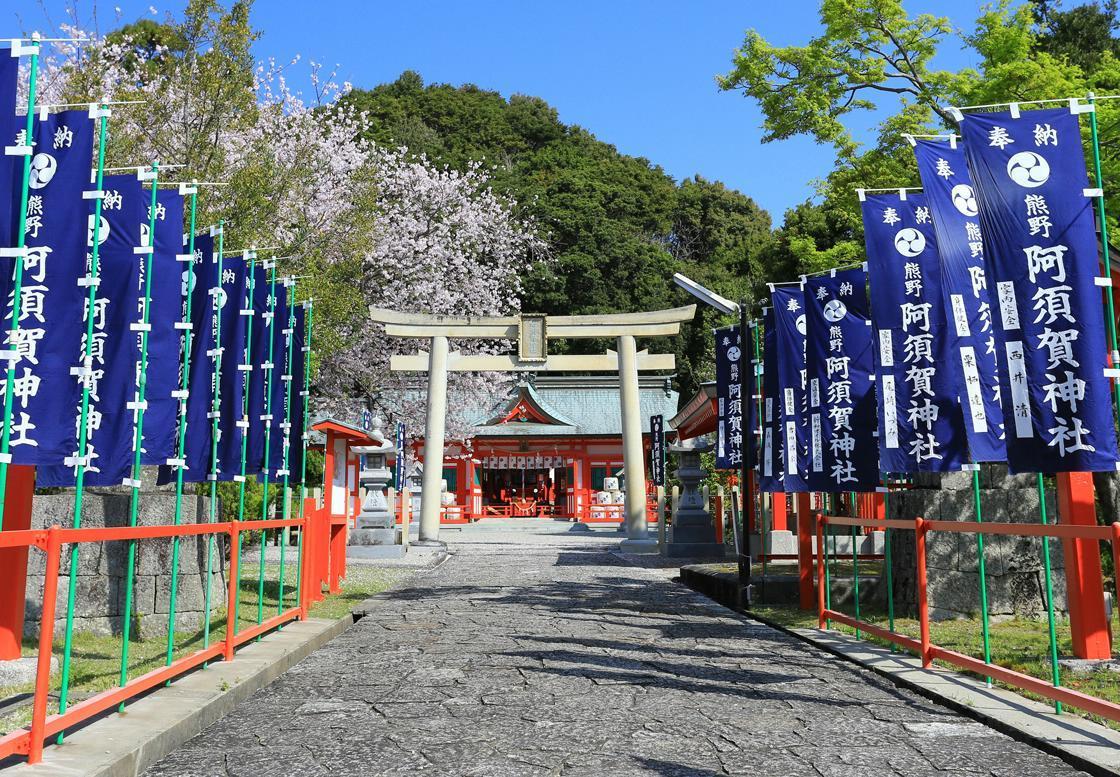
Food blessings of the sea, mountains and rivers
The Kumano area has many dishes made from local ingredients. The wonderful seafood includes bonito, sardines, mackerel, horse mackerel, and whitebait, while dishes made from land ingredients include mehari sushi made from pickled takana (a cultivar of the mustard plant) and chagayu tea porridge, a soup-like dish made by cooking rice in tea. Many restaurants in Shingu offer such foods. While stopping for a bite to eat, perhaps you can engage some of the locals in conversation and learn more about the area. Itüfs little things like this that make travel so rewarding.
URL: https://www.shinguu.jp/en/spots/restaurants

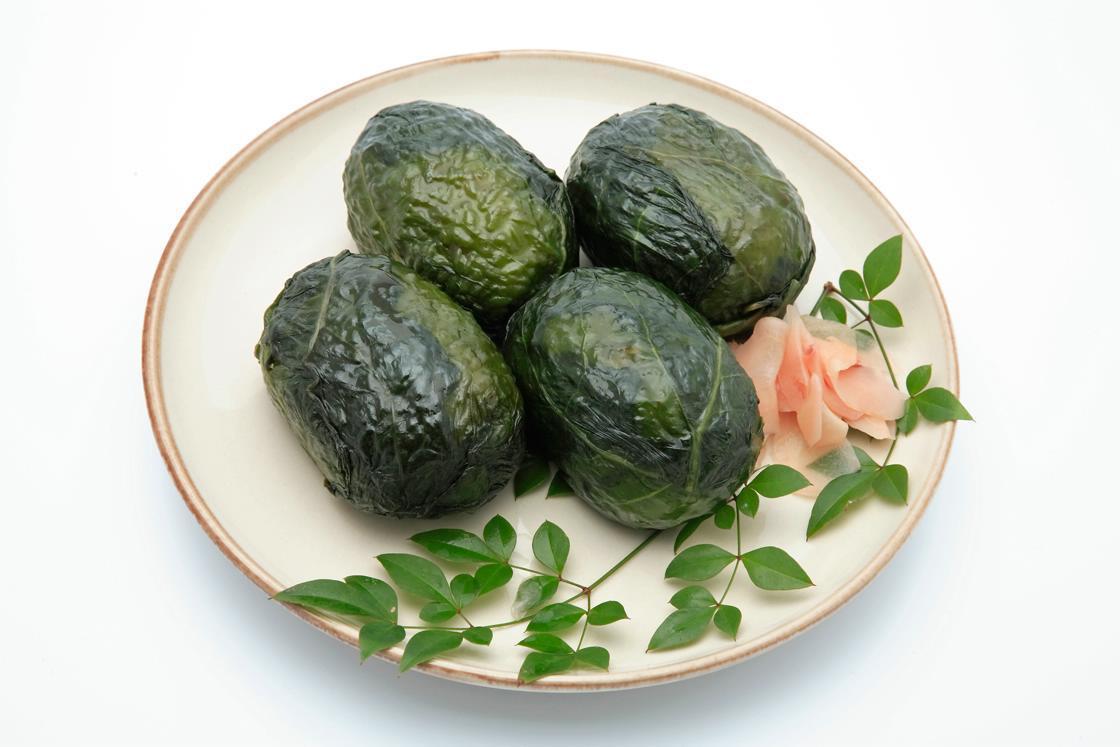
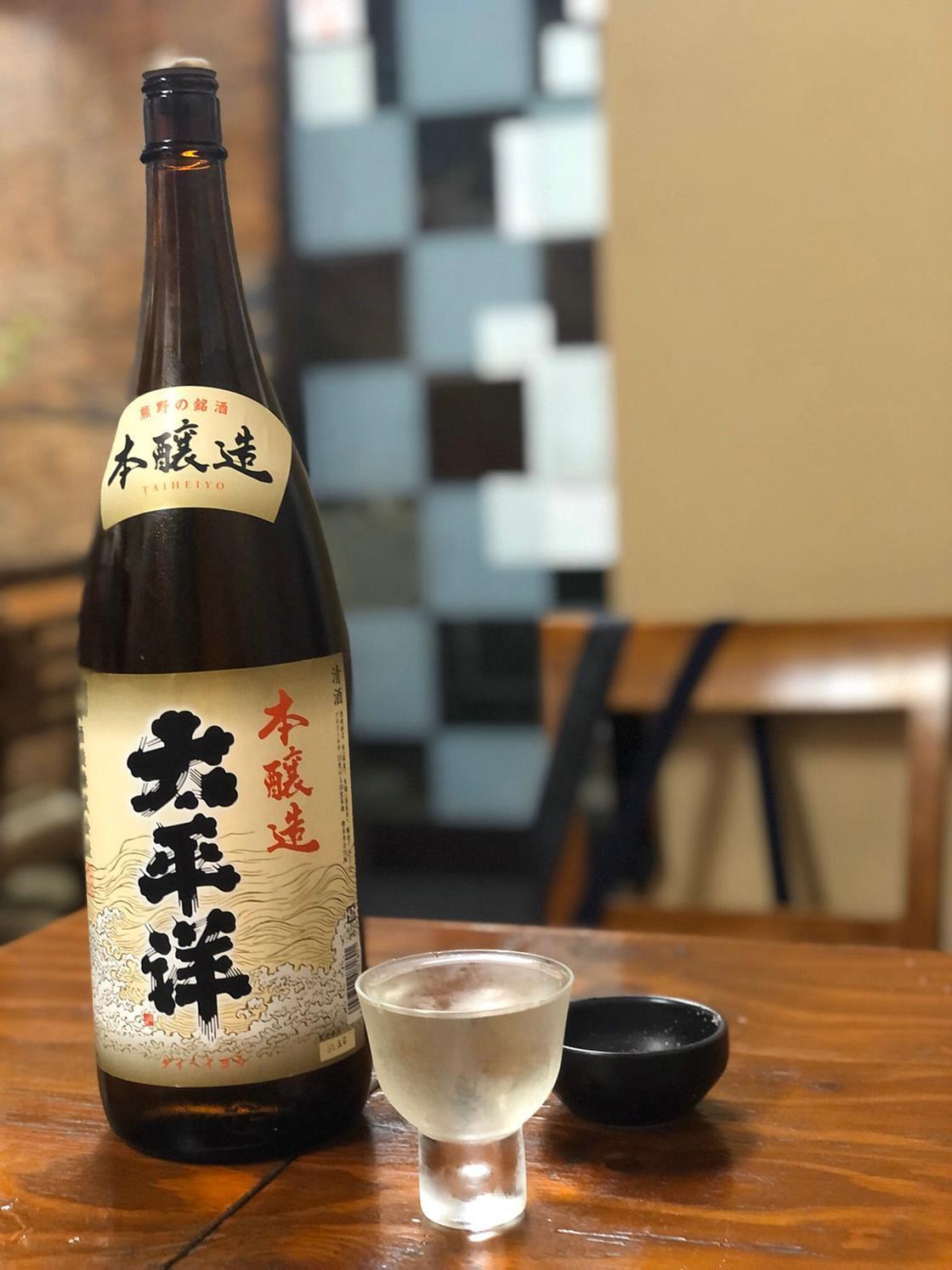
Many accommodations are available in the Shingu urban area
For travelers on the Kumano Pilgrimage, a stay at one of the guesthouses, ryokan (inns), or hotels is recommended. Be sure to try some of the unique cuisine and take a trip to the sento (public bathhouse). The area has plenty of public transportation, including trains and buses, that are used by sightseers to travel to Hongu, Nachikatsuura, and Ise.
